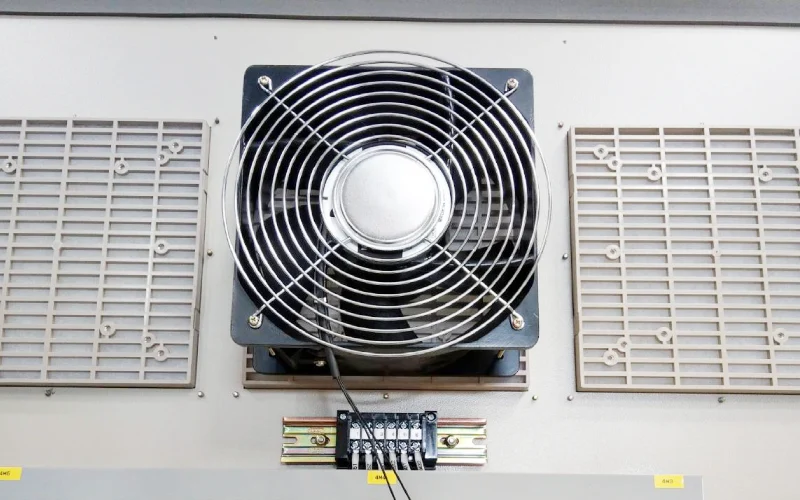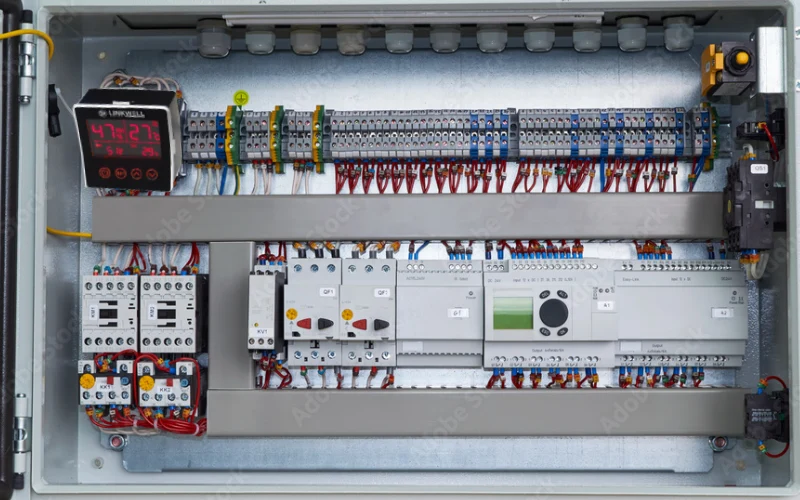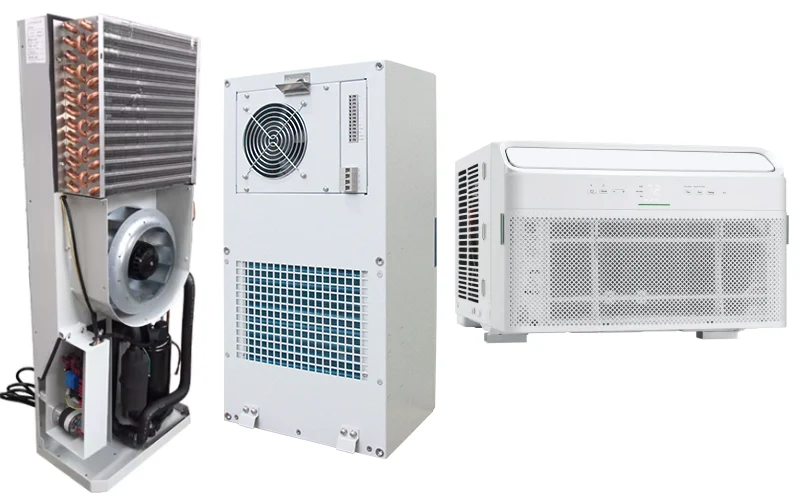Choosing the right heating solution is crucial for efficiency and comfort, whether for industrial processes or residential applications. Two prominent technologies often considered are heat pumps and PTC (Positive Temperature Coefficient) heaters. While both aim to provide warmth, their operational principles and energy consumption differ significantly.
This blog post will delve into the core distinctions between heat pumps and PTC heaters. We’ll explore how each technology generates and delivers heat, analyze their respective energy efficiencies, and discuss the typical scenarios where one might be preferred over the other, helping you make an informed decision.
What is a PTC Heater?

A PTC (Positive Temperature Coefficient) heater is a self-regulating heating element made from specialized ceramic.
Its resistance increases significantly with rising temperature, inherently limiting current flow and preventing overheating without external controls. This makes PTC heaters safe, energy-efficient, and ideal for applications requiring precise, stable temperature control.
What is a Heat Pump?
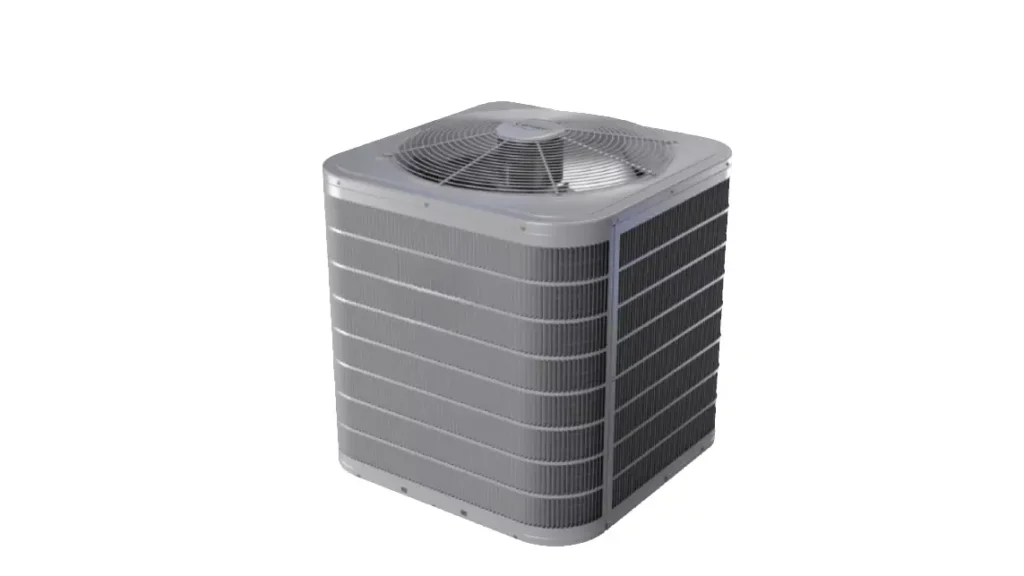
A heat pump is a device that transfers heat from one location to another, rather than generating it directly. It works by absorbing heat from a source (like air, water, or ground) and releasing it into a desired space, or vice-versa for cooling. This makes them highly energy-efficient for heating and cooling.
PTC Heater vs Heat Pump
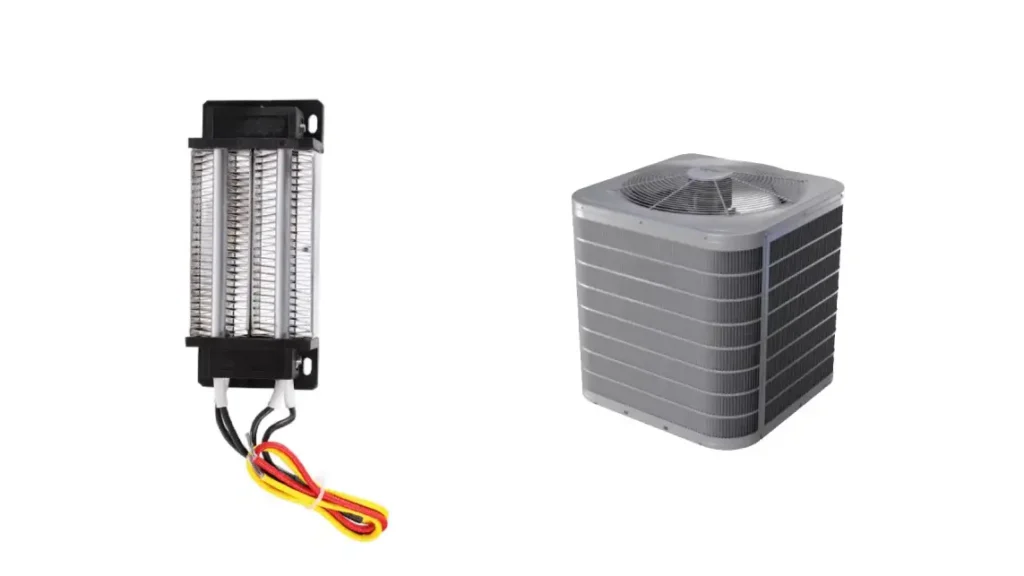
Understanding the fundamental differences between PTC heaters and heat pumps is crucial for selecting the most appropriate heating solution. While both serve to provide warmth, their operational mechanisms, efficiency levels, and ideal applications vary significantly.
This comparison will delve into the distinct characteristics of each technology, highlighting their pros and cons to help you make an informed decision for your specific heating needs, whether for industrial or residential use.
Operational Mechanism
PTC heaters generate heat directly through the resistive properties of their ceramic elements. When electricity passes through, the material’s resistance increases with temperature, self-regulating the heat output. This direct conversion of electrical energy to thermal energy is immediate and localized, offering rapid temperature increases.
Heat pumps, conversely, operate by transferring existing heat rather than generating it. They utilize a refrigerant cycle to absorb heat from one environment (e.g., outdoor air, ground, water) and release it into another. This process involves compression and expansion, moving heat against a temperature gradient, making them incredibly efficient at moving heat.
Energy Efficiency
PTC heaters convert nearly all consumed electrical energy into heat, making them 100% efficient at the point of use in terms of energy conversion. However, because they are generating heat, their overall energy consumption can be higher for large or continuous heating requirements compared to systems that move existing heat.
Heat pumps are renowned for their high energy efficiency, often achieving coefficients of performance (COPs) of 3 or more. This means they can deliver three or more units of heat energy for every one unit of electrical energy consumed. This high efficiency is due to their heat transfer mechanism, which requires less energy to move heat than to create it from scratch.
Application Suitability
PTC heaters are well-suited for applications requiring precise, localized, or intermittent heating. Their self-regulating nature makes them safe for small enclosures, anti-condensation purposes, or as supplementary spot heaters where quick warmth is needed without complex controls. They are often found in electronics, small appliances, and industrial control cabinets.
Heat pumps are ideal for larger-scale space heating and cooling in residential, commercial, and industrial buildings. Their ability to efficiently heat and cool large areas makes them a cost-effective long-term solution for climate control. They are a popular choice for homes, offices, and large industrial processes requiring consistent temperature management.
Cost Implications
The initial upfront cost of PTC heaters is generally lower. Their simpler design and smaller scale make them a more affordable purchase. However, their operating costs can be higher over time, especially for continuous, large-scale heating, due to their direct electrical heat generation.
Heat pumps typically have a higher initial installation cost compared to PTC heaters. This is due to their more complex system involving compressors, coils, and refrigerant lines. Despite the higher upfront investment, their superior energy efficiency usually leads to significant long-term savings on energy bills.
Environmental Impact
PTC heaters have a relatively higher environmental impact in terms of energy consumption if the electricity source is fossil-fuel based. While they are efficient at converting electricity to heat, the source of that electricity is a key factor in their overall carbon footprint.
Heat pumps are considered more environmentally friendly due to their high efficiency and reliance on renewable ambient heat sources. By moving heat rather than generating it, they consume less electricity, leading to lower greenhouse gas emissions, especially when powered by renewable electricity sources.
Comparison Table
| Feature | PTC Heater | Heat Pump |
| Operational Mechanism | Direct electrical resistance heat generation | Heat transfer using refrigerant cycle |
| Energy Efficiency | 100% efficient at conversion, higher consumption | High COP (3+), highly energy efficient |
| Application Suitability | Localized, precise, supplementary heating | Large-scale space heating/cooling, climate control |
| Initial Cost | Generally lower | Generally higher |
| Operating Cost | Potentially higher for continuous use | Lower due to high efficiency |
| Environmental Impact | Higher if electricity from fossil fuels | Lower emissions, leverages renewable heat |
How to Choose PTC Heater and Heat Pump?
Choosing between a PTC heater and a heat pump requires careful consideration of your specific heating needs, priorities, and environmental factors. There isn’t a universally “better” option; the ideal choice depends on the application’s scale, required precision, budget, and long-term operating costs.
Understanding the core strengths and limitations of each technology is paramount. By evaluating factors such as energy efficiency, installation complexity, initial investment, and desired heating characteristics, you can make an informed decision that best aligns with your objectives for performance, cost-effectiveness, and sustainability.
Here’s how to choose:
Consider Application Type:
- PTC Heater: Ideal for small, precise, or supplementary heating needs, like preventing condensation in control cabinets or providing spot warmth. They excel where rapid, self-regulated heat is crucial for specific components or limited spaces.
- Heat Pump: Best suited for large-scale space heating and cooling in homes, offices, or industrial facilities. They efficiently maintain ambient temperatures across broad areas, offering a comprehensive climate control solution.
Evaluate Energy Efficiency Goals:
- PTC Heater: While 100% efficient at converting electricity to heat, their overall energy consumption can be higher for continuous, large-area heating compared to heat pumps. Prioritize if direct, immediate heat is paramount.
- Heat Pump: Highly energy-efficient, capable of moving more heat than the electricity they consume. Choose a heat pump if long-term energy savings and reduced operational costs are primary considerations for consistent climate control.
Assess Initial vs. Operating Costs:
- PTC Heater: Generally has a lower upfront purchase and installation cost due to its simpler design. This makes them attractive for budget-conscious projects or specific, isolated heating tasks where initial outlay is a key factor.
- Heat Pump: Typically involves a higher initial investment for equipment and installation. However, their significant energy savings over time often lead to a lower total cost of ownership, making them cost-effective in the long run.
Determine Temperature Control Precision:
- PTC Heater: Offers excellent self-regulating temperature control, making them highly effective for applications requiring a very stable and precise maximum temperature without external thermostats. Ideal for sensitive electronic components.
- Heat Pump: Provides robust temperature management for general climate control. While capable of maintaining comfortable temperatures, their precision is typically for broader ambient areas rather than pinpoint component-level heating.
Factor in Environmental Impact:
- PTC Heater: Their environmental impact is tied to the source of electricity. If powered by fossil fuels, their overall carbon footprint can be higher for continuous operation compared to heat pumps.
- Heat Pump: Considered more environmentally friendly due to their high efficiency and ability to leverage renewable ambient heat sources. They consume less electricity to achieve desired temperatures, resulting in lower greenhouse gas emissions.
Conclusion
In conclusion, the choice between a heat pump and a PTC heater hinges on your specific needs for efficiency, cost, and application. Heat pumps offer superior energy efficiency and lower operating costs for consistent heating, leveraging ambient energy. PTC heaters, conversely, provide rapid, self-regulating heat with a focus on safety and simplicity, ideal for targeted, precise applications or supplementary heating.
Understanding these fundamental differences is crucial for making an informed decision that optimizes both performance and long-term expenses. Evaluate your priorities—be it maximizing energy savings or ensuring safe, quick, and reliable spot heating—to select the technology best suited for your project.
For those requiring reliable and efficient heating solutions, consider exploring our range. You can get wholesale PTC heaters from our Linkwell Electronics, offering quality products designed for diverse industrial and commercial applications.

